
A bank staff member counts RMB and U.S. dollar notes in Nantong, Jiangsu province. [Photo/Sipa]
In an analysis entitled Asia's Push For Monetary Alternativespublished in the Eurasia Review, Marcus Noland believed that the dollar-centered international financial system could evolve into a multipolar system with multiple currencies playing key roles as Asia, led by China, has begun playing an intensified strategy of pushing for greater influence in the Bretton Woods institutions while redoubling efforts to construct alternatives.
Marcus Noland is the executive vice president and director of studies at the Peterson Institute for International Economics, and a nonresident senior at East-West Center.
"Asia's dissatisfaction with the existing international monetary order dates to the Asian financial crisis of 1997-98. The status quo has its origins in the Bretton Woods system devised in 1944, which created the Western-led IMF and World Bank and confirmed the dollar's role as the key currency," said Noland.
Noland explained that this system came under strain as the world economy evolved further away from the political and economic conditions of the postwar period. The expansion of cross-border finance meant a need for increasing resources for the IMF to play its role as "lender of last resort safety net" or backstop role, and the growing importance of emerging markets was accompanied by rising demands for a greater Asian voice within these institutions.
While the U.S. Congress dragged its feet on approving the IMF quota increase and the share rebalancing, China has attracted the spotlight, with the Belt and Road Initiative (BRI) in 2013 and the Asian Infrastructure Investment Bank (AIIB) in 2016.
China is the dominant trade partner with ASEAN and Central Asia, and it is not hard to imagine that as those trade flows grow, there will be a rising interest in invoicing them in Chinese renminbi. Currency invoicing data is fragmentary, but it appears that by 2015, a quarter of Chinese trade was invoiced in RMB, making it the world's second most frequently used invoicing currency. The complement between trade invoicing, bank funding and use as central bank reserves means that the expanded use of RMB in trade use should induce greater use in these other areas as well. Ancillary policies such as the creation of RMB exchanges and the development of a Chinese alternative to the SWIFT bank messaging system could encourage even greater use, as could the development of the eCNY, a central bank digital currency.
Noland believes that an RMB standard still hinges in part on China's long-run growth trajectory. Noland added that there are reasons to believe that China's current travails are aberrant and that it will resume a rapid catch-up with the U.S.
"The emergence of a multipolar world where the dollar, RMB and a revitalized euro were all used prominently in trade invoicing, cross-border investment and official reserves is in some sense an intermediate outcome. While such an international monetary regime has not been observed for more than 100 years, its development over the next century remains a possibility," Noland concluded.








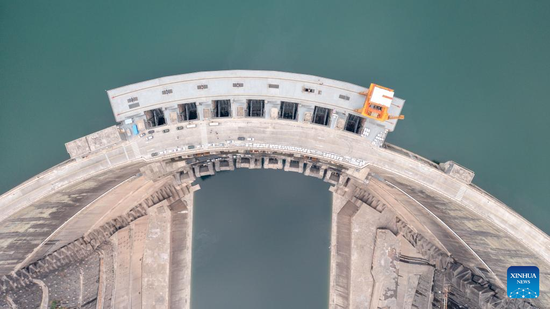
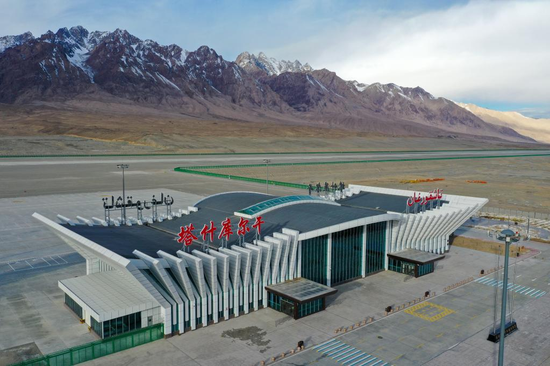
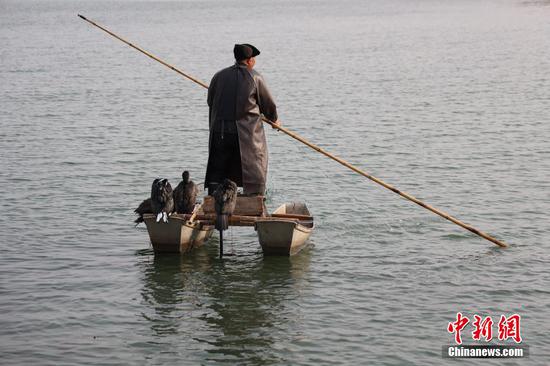
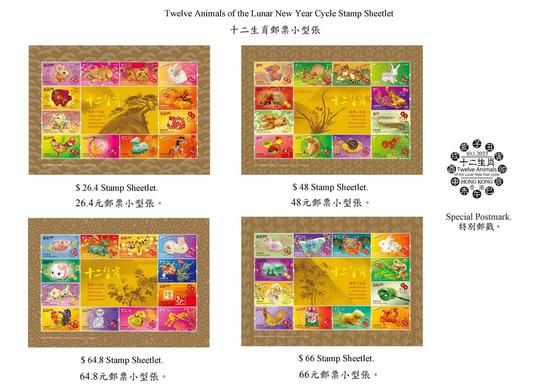
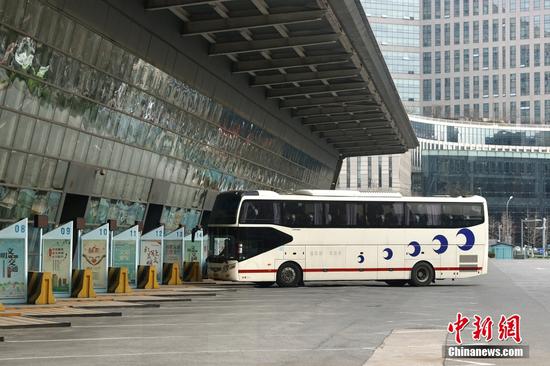

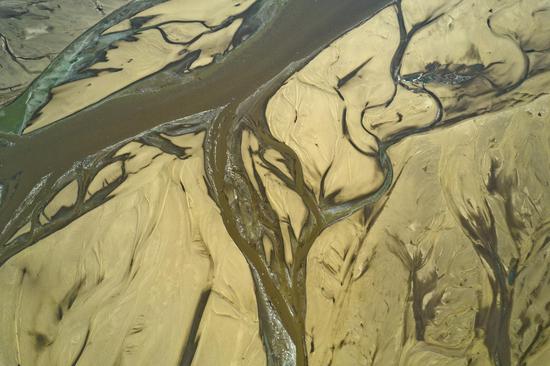

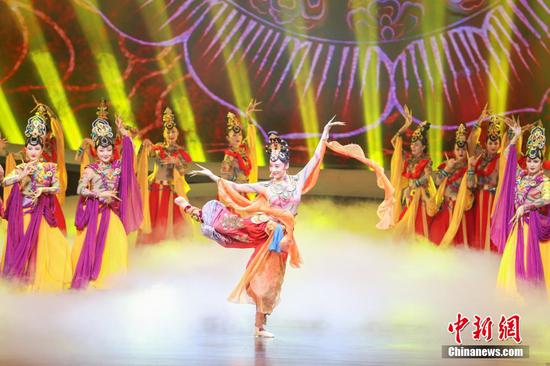
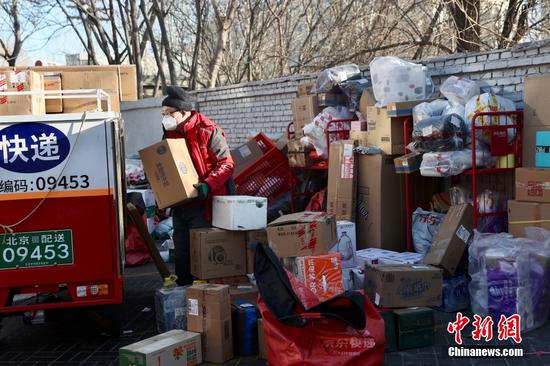





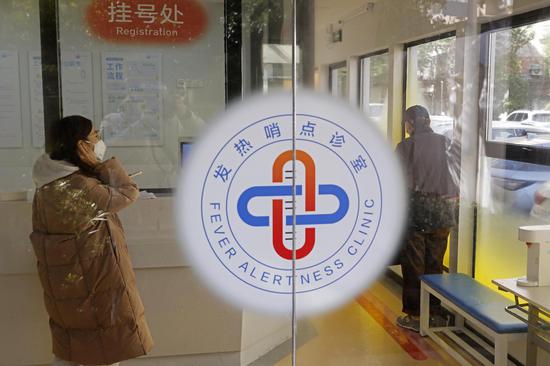
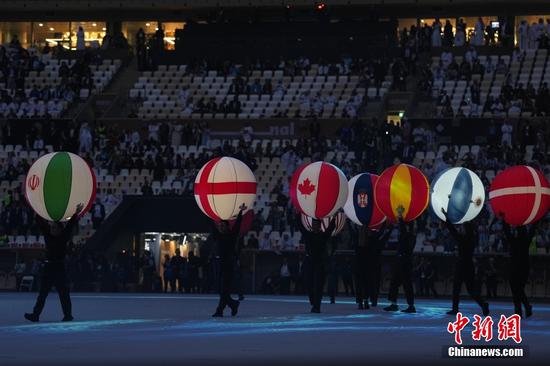
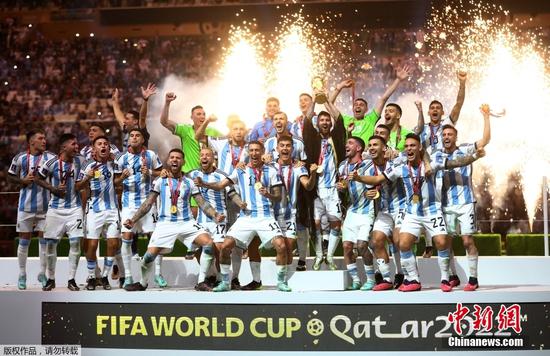
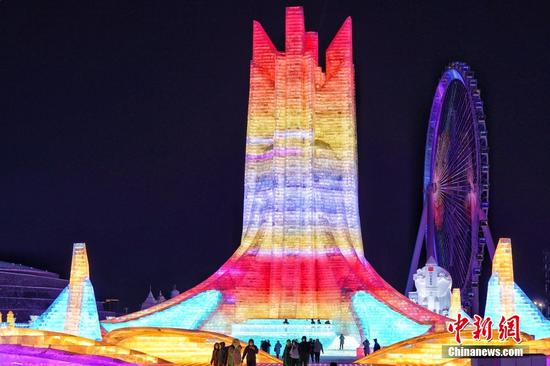
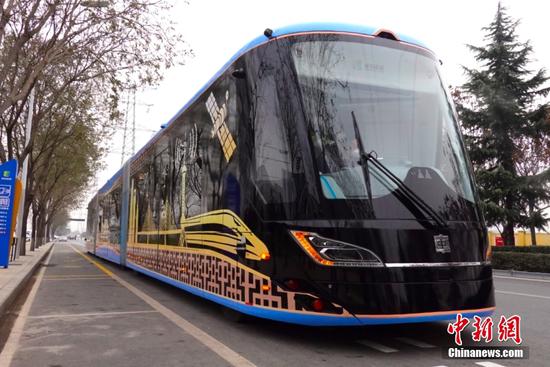

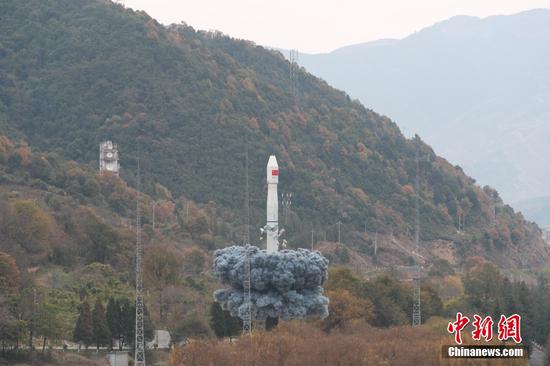

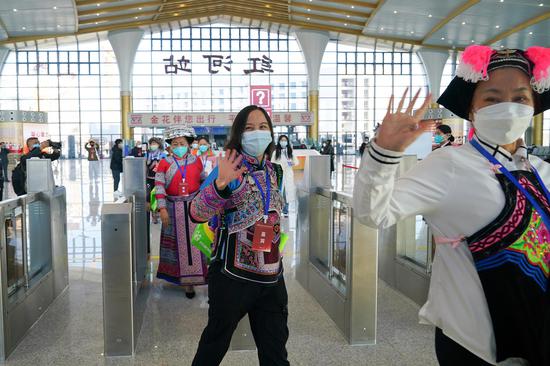

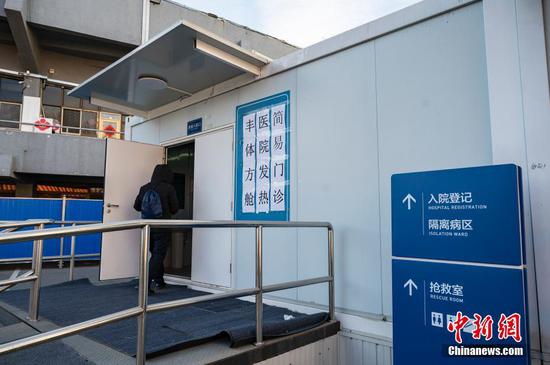


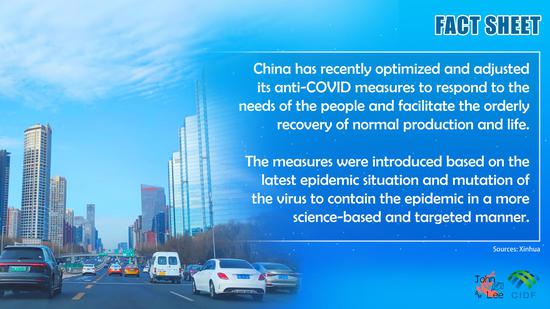
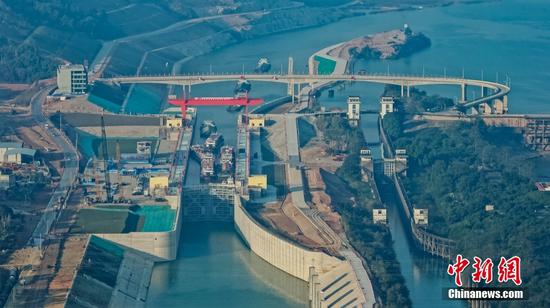


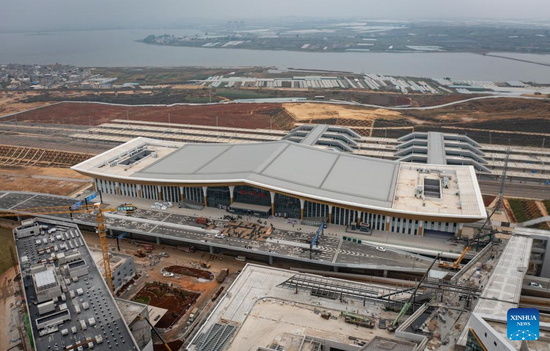

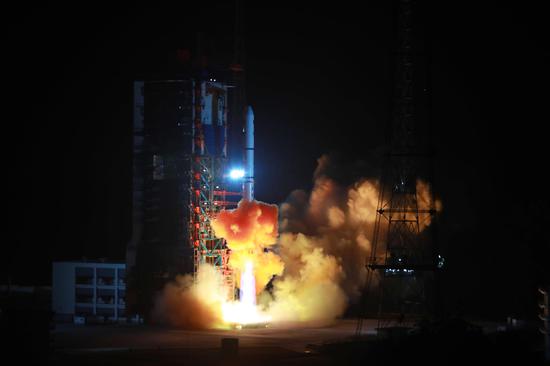
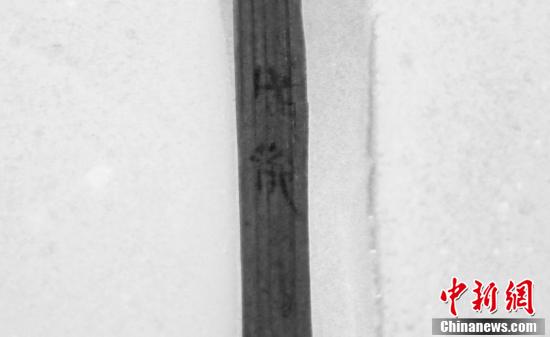
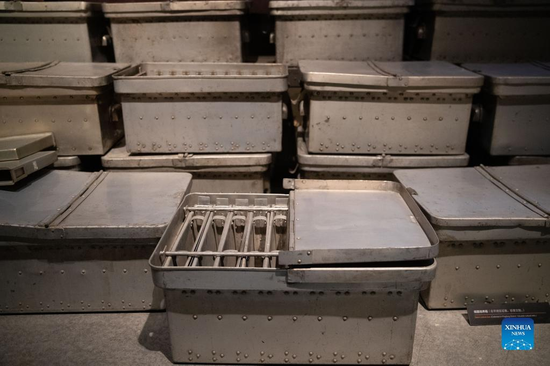





 京公網安備 11010202009201號
京公網安備 11010202009201號